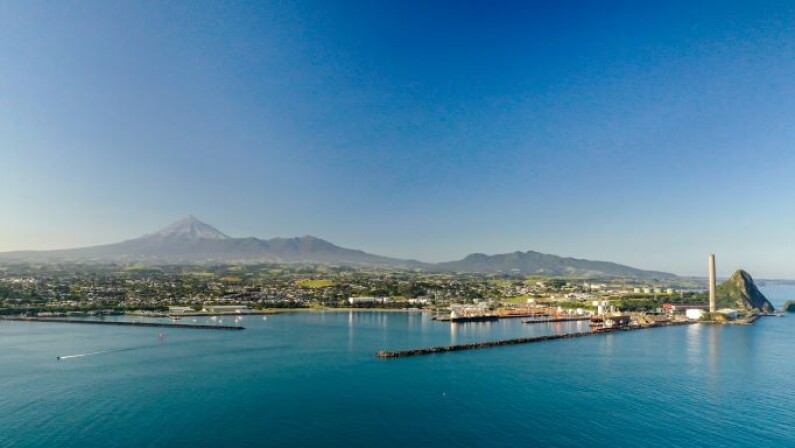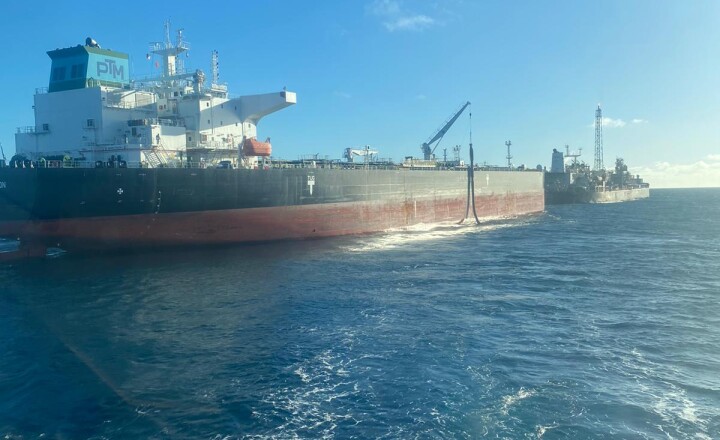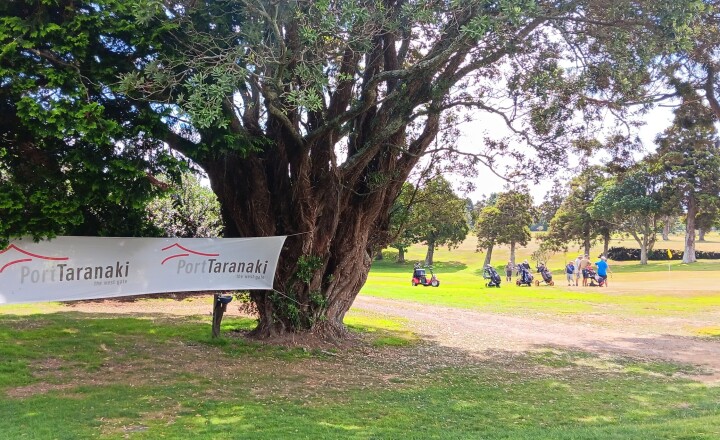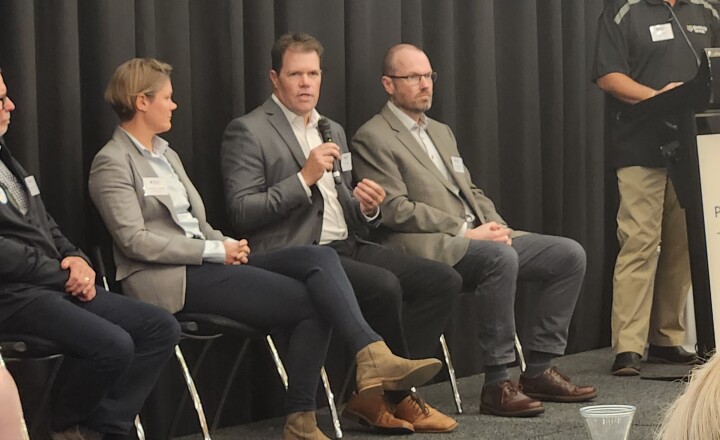
Increased offshore activity and a rise in dry bulk trade have helped Port Taranaki record its highest first-half result since 2016.
For the six months to 31 December 2022, Port Taranaki recorded net profit after tax of $6.53 million, a 28.5% increase on the $5.08m recorded for the corresponding six months in 2021.
Revenue for the half-year was $27.74m, which was $2.35m, or 9.3%, up on the same period the previous year, while operating expenditure was steady at $18.20m, compared with $18.06m.
Non-trade revenue was up 38.0% on the previous year, driven by increased offshore activity supporting work at the Māui gas field, and a tug charter. Dry bulk trade was up 9.1% to 431,000 tonnes on the back of increased animal feed and grain shipments.
“This is a pleasing half-year result, and highlights our port’s ability to provide services and generate revenue in a number of ways, whether that be supporting the trade that comes across the wharves, providing offshore support via our vessel fleet, or providing land for laydown, storage or commercial activities,” Port Taranaki chief executive Simon Craddock said.
Total trade volume for the first half of 2022-23 was 2.22m tonnes. Bulk liquid trade, at 1.22m tonnes, was 14.5% lower than the previous year, while log volumes were down 11.6% to 526,000 JAS (Japanese Agricultural Standard tonnes).
“Bulk liquids volumes were impacted by maintenance work in the sector that reduced production, while log trade was impacted by a slowing down of building activity in China in the wake of the COVID-19 lockdowns,” Mr Craddock said.
The increase in dry bulk trade resulted in a 30.3% rise in dry bulk vessel visits to 43 for the half-year. Overall, vessel visits were down one, to 141, on the same period the previous year.
The port is owned by the community through the Taranaki Regional Council (TRC), and dividends paid to the council go towards offsetting regional rates. A final dividend of $4m for the 2021-22 financial year was paid to TRC in October 2022. An interim dividend of $4m has been approved for the 2022-23 financial year.
Mr Craddock said it had been a busy first six months of the financial year at Port Taranaki, highlighted by the new $16 million freshwater firewater system becoming operational on 30 December.
“The resilience of our port and infrastructure is vital, so this was a huge project for Port Taranaki – our largest capital investment since we commissioned our tug Kīnaki – and it was fantastic to have it operational on time and on budget,” he said.
“This is a very important asset for our port, and gives our energy customers, now and in the future, assurance that our Newton King Tanker Terminal wharf and their assets will be protected as best as possible should a fire occur.”
He said the port continued to work on enhancing its environmental processes, including ongoing work to upgrade log yard stormwater systems and removing undaria from the harbour.
“We’ve also been working to further engage with our community, port users, customers, iwi and hapū to build beneficial partnerships that will have long-term value and help our port and region prosper in the future.
“This includes discussions with offshore wind farm developers to understand how we can support an offshore wind industry here; regularly engaging with Ngāti Te Whiti hapū through our kaitiaki forum to discuss upcoming projects and aligning them with the hapū’s cultural values; and actively promoting access to the likes of Ngāmotu Beach and maintaining the boat ramp and kids’ fishing jetty at the Lee Breakwater.”
Two new directors joined the Port Taranaki Board of Directors in the first half of the year. Jamie Tuuta and Jeff Kendrew, replacing retiring directors Graeme Marshall and Peter Dryden.
Mr Craddock said trading in the second six-month period of 2022-23 was forecast to be higher than the first, driven by increased bulk liquids trade as maintenance work in the sector was completed. However, annual total trade was projected to be below five million tonnes.
“Trading remains uncertain given the inflationary environment and as supply chains and economies work to recover from the COVID-19 pandemic. We’ll continue to be flexible and adaptable to customers’ needs, and help make trade as easy as possible.”


